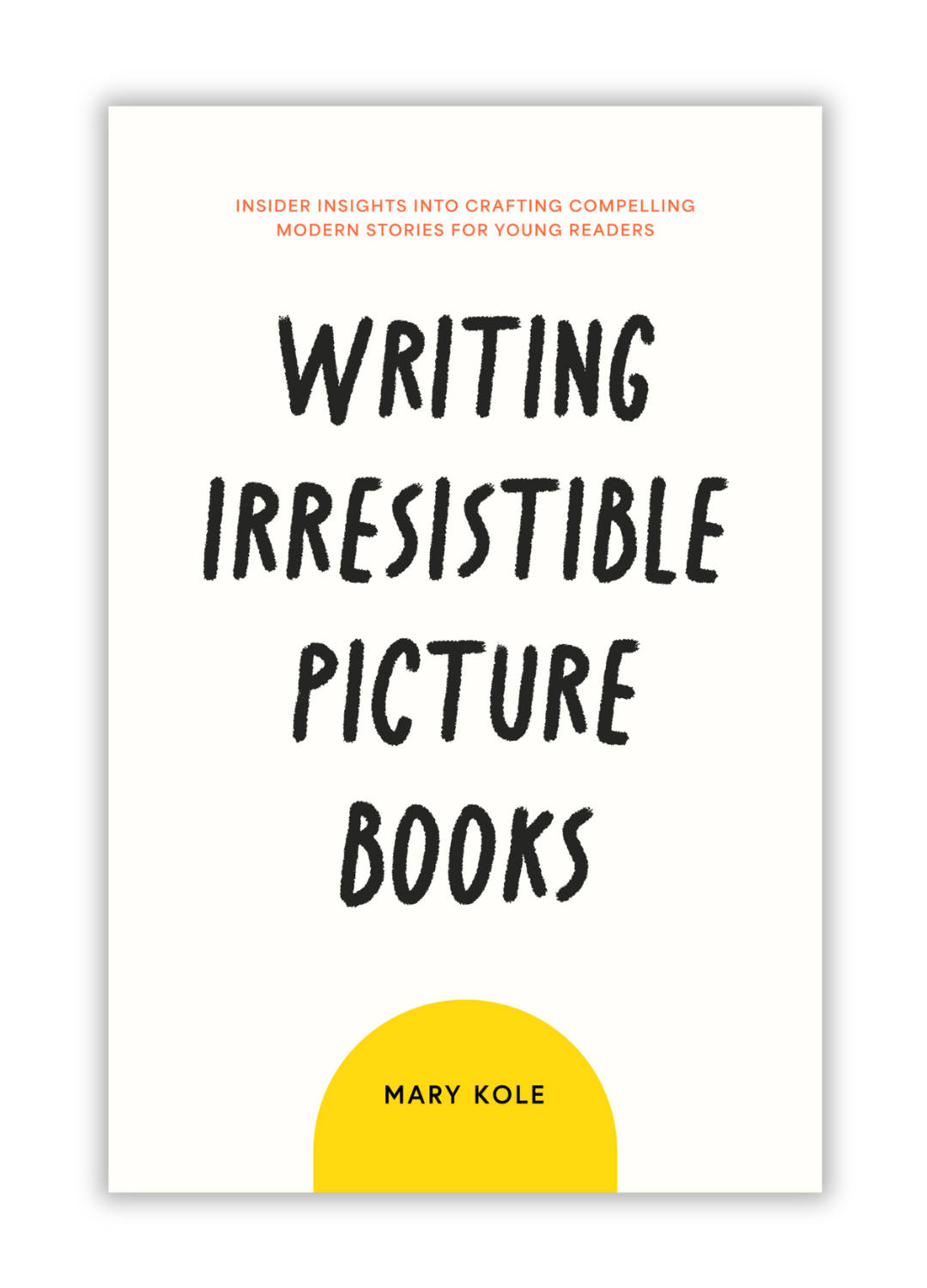Nail Your Children’s Picture Book Writing Style
By Mary Kole
Mary Kole is a former literary agent, freelance editor, writing teacher, author of Writing Irresistible Kidlit, and IP developer for major publishers, with over a decade in the publishing industry.
Writing a children’s picture book is a very specific and challenging art form. You only have about 600 words to make a giant impression (read more about picture book word count here), and convince a publisher to invest up to $50,000 to produce your children’s picture book. If you’re up for the challenge, read on to learn what you need to know.
Exploring Children’s Picture Book Guidelines
The children’s picture book market is very specific, due to the books needing to serve readers in developmentally appropriate ways. This requires the creator of a children’s picture book to pay careful attention to syntax, word choice, and reading levels. For example, do you know what a Lexile score is? (You might be surprised to learn that I don't advocate for rigidly adhering to Lexile scores when it comes to picture books. These factor more into the early reader market, , as it’s very important to hit certain thresholds of language in that space, and I am not here to provide you with a vocabulary "green light" list for picture books.) But you still have to be mindful of using accessible—and occasionally challenging—language.
It can be difficult to make a children’s picture book story that impresses writing agents and publishers, but by taking the time to understand these considerations, you can create something truly special for young readers.
In my opinion as a former literary agent and now a freelance editor with over a decade of experience, specializing in the children’s book market, the crucial element in writing a children’s picture book is writing voice that sounds approachable, fun, colloquial, and friendly to your target audience. And most of all, I bet you to create a children’s picture book that sounds natural. This is especially true if you're creating a rhyming picture book.
Children’s picture book writing is certainly no easy feat and it's essential to remember that the primary audience of this category is aged zero to about seven (kids might leave picture books to work on early readers and chapter books as they’re learning to read independently, but they might come back to children’s picture books as new readers, rather than listeners). Remember that children’s picture books also have a second audience that consists of adults reading to a toddler with a limited attention span or crying babies. When you create a book for this audience, you must rise to the challenge of speaking to your readers and listeners on multiple levels, and considering readaloud potential.
Children’s Picture Book Writing
You might think adults are capable of taking on more complex writing in your picture books. But if the syntax is clunky, the words are too advanced, and sentences stretch on for entire paragraphs, you’re toast. A children’s picture book target market has a very short attention span and can disengage easily. And those adults who must read the same books over and over, night after night, should still enjoy what you have to say. (I can’t tell you how many picture books we’ve “lost” (to the donation bin) over the years because I can’t stand reading them over and over.)
When writing a children's picture book, it's important to KISS: Keep it simple, silly! Using long and convoluted sentences is one of the biggest sins I see. Complex phrases don't belong in writing for the youngest listeners and readers. Your adult readers, children, or first-time independent readers will love your work more if it is written with short, lively, and punchy prose.
Also, READ YOUR WORK ALOUD to see if it has a viable children’s picture book voice. Don’t just think about doing it—actually do it. Don't feel silly about it!, either Print out the manuscript and read it while you walk around the room, or even better, ask someone else to read it to you. Notably mark where they stumble and be sure to listen for where they run out of breath in the middle of a sentence. Don't take any shortcuts or submit to literary agents without giving it a real try. Believe me—it will make a world of difference!
If you find your syntax clunky, dry, or just plain uninspiring, be merciless in self-editing your children’s picture book. Switch out business-y words like "caused" and "exited" with something more lighthearted and clean. Then read it aloud and see how it sounds—after all, you're writing for a children’s picture book for eager young readers, so don't be afraid to play and experiment!

Click here to purchase Writing Irresistible Picture Books, my book on children’s picture books. This comprehensive guide is crammed with craft advice and groundbreaking original research, including a survey of 1,000 upcoming picture book deals, a breakdown of 80 modern and marketable picture book topics, and in-depth analysis of over 150 published picture books.



